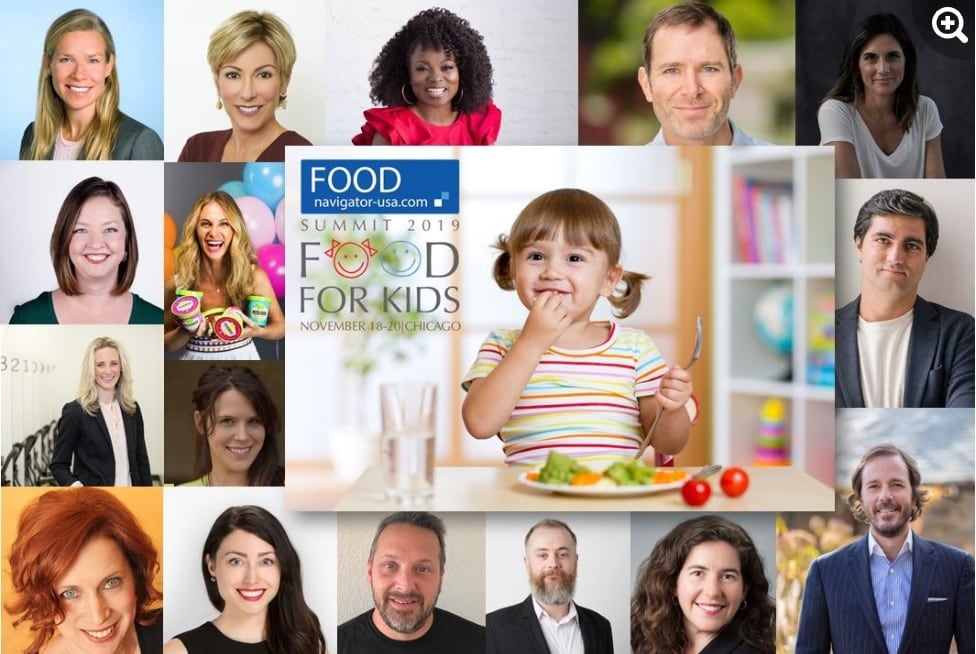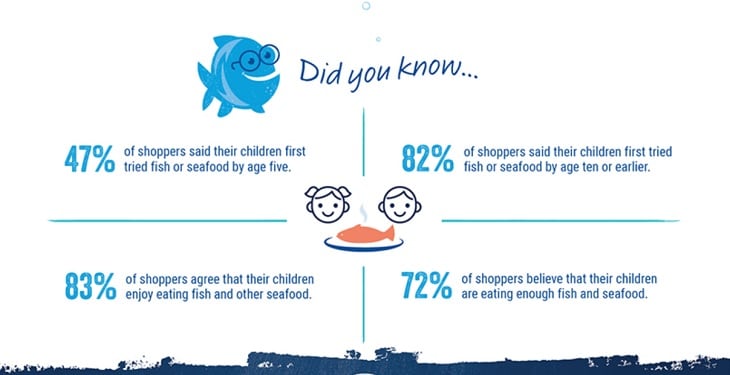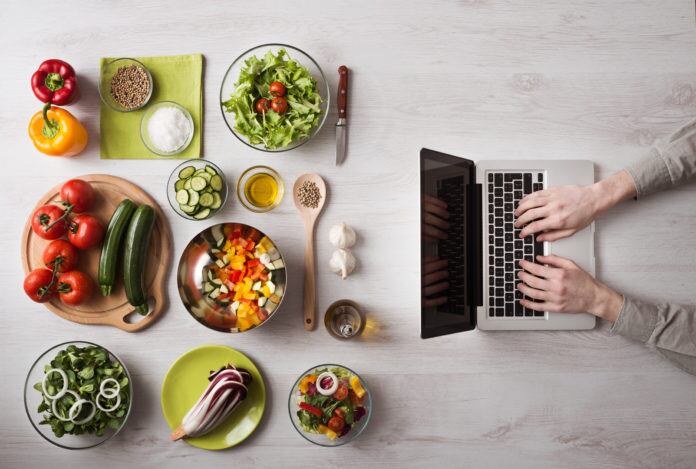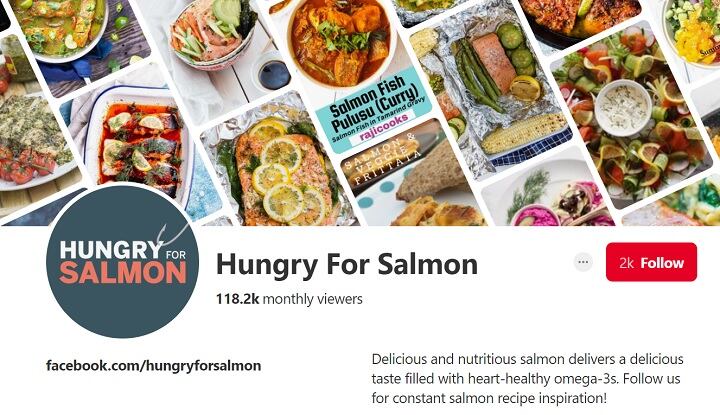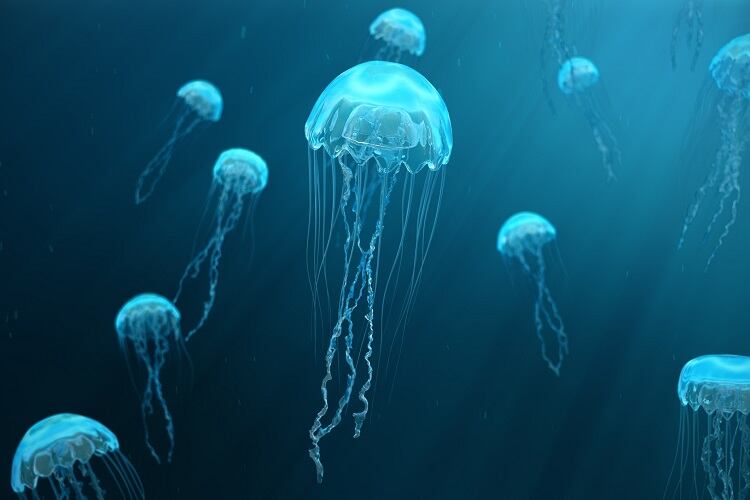“People really do care about sustainability and while price is important, too, the findings show that frequent seafood shoppers are willing to pay a premium for something that is sustainable,” Nina Damato, supply chain manager at Blue Circle Foods, recently told FoodNavigator-USA.
Pointing to the company’s survey of 300 US shoppers, she noted that 84% of shoppers believe that fish and other seafood is an important part of a balanced diet and most shoppers believe they are just as healthy as vegetables.
However, she said, even more are concerned about the quality of seafood and whether it is sustainable. Specifically, the survey found 90% of shoppers worry about contaminants, such as mercury, 88% are concerned about the impact on seafood of ocean pollution and 83% are worried about seafood mislabeling
On the sustainability side, the survey found that 86% of respondents worry about the extinction of wild fish species and 57% prefer to buy fish and seafood that is certified sustainable.
“A big take away from this survey is that consumers care about sustainability and quality but are also confused about it. That create a real opportunity to educate them and puts Blue Circle Foods in a great position because we really focus on all of our products being completely traceable regardless if they are farmed or wild caught,” Damato said.
She explained that Blue Circle, the tagline for which is ‘Feel Good Fish,’ heavily emphasizes on packaging how its products meet these consumer values. For example, she notes, the company’s products are always “just fish,” high in omega-3s, sustainably sourced and come from dedicated family farmers and fishers with whom the company has lasting relationships.
Similarly, she said, the company’s products never have antibiotics, growth hormones, GMOs, synthetic pigments or come from “mystery sources.”
As for the price point and the common perception that seafood is expensive, Damato said that Blue Circle Foods is priced in line with other proteins but with the added value of omegas, which consumers increasingly understand are important in the diet.
The company also is adding value by making its products more convenient through a new online shop that will ship directly to shoppers, she said.
“Shipping perishable products is not easy, but we use cost effective options that allow consumers to choose how quickly they want a product and it comes in a cooler that is compostable,” she said. In addition, she noted, the company offers free shipping for orders over a certain amount.
More seafood landing on kids’ plates
The survey also found that seafood increasingly is finding its way on to children’s plates.
Specifically, it found 83% of shoppers agree that their children enjoy eating fish and other seafood, and nearly half had their first bite of seafood by age 5 years.
“We are finding that people are introducing seafood to kids at a fairly early age, which is in line with research published that shows seafood is a healthy product for children,” Damato said.
She noted that concerns about quality are particularly pressing for parents, which is one reason Blue Circle offers its line of Happy Fish – fish shaped pieces of sustainably raised salmon with nothing more than salt and pepper added. The frozen fish cook straight from the freezer in four minutes, making them an alternative to more traditional fish sticks or frozen seafood.
While the product was designed with children in mind, Damato pointed out that adults can enjoy them too as a fast meal solution or addition to a salad.
“We are offering this as a super convenient, clean option for parents to give their children, but I eat Happy Fish and think they are delicious and I am not kid,” Damato joked.
Building on the success of Happy Fish as well as the findings of the survey, Damato says Blue Circle is looking to expand its selection of sustainably sourced seafood to potentially include trout and shrimp in the future. It also is looking other innovative ways to engage shoppers interested in sustainable seafood, she said.
[Editor’s note: Interested in learning more about what children are eating – or should eat? Join us next month in Chicago for FoodNavigator-USA’s Food For Kids Summit. Get all the details and register today.]
